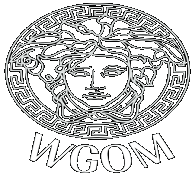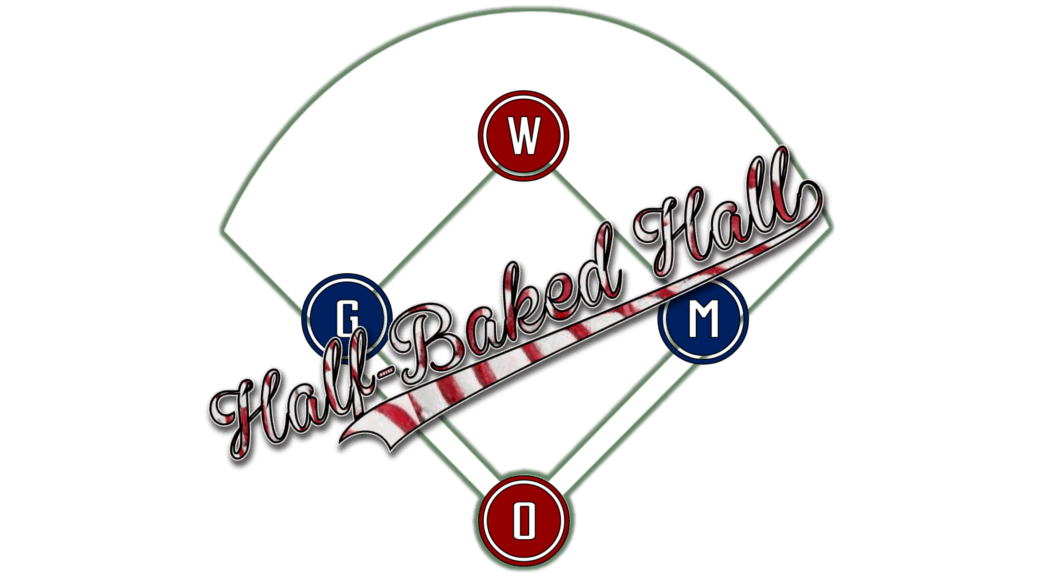I will be giving a few days for people to make pleas for those on their final ballot.
Date Ballot Sent Out: Thursday, August 21
Date Ballot Due: Monday, September 1
Final Ballot
Paul Hines
King Kelly
Harry Stovey
Bob Caruthers
Pud Galvin
New Pitchers
Jack Chesbro
Bill Dinneen
Joe McGinnity
Al Orth
Jack Taylor
New Hitters
Jack Beckley
Jimmy Collins
Lave Cross
George Davis
Joe Kelley
Arlie Latham
Dan McGann
Claude Ritchey
Jimmy Williams


Arlie Latham's nickname was The Freshest Man on Earth.
I'll have to do this early in the window.
When you do, you should vote for King Kelly.
Dan McGann or Pud Galvin for best name on the current ballot?
Lave Cross
[edit] between those two [/edit] Gotta be Pud ... not many like it currently/recently in the MLB.
Jack Taylor completed 187 consecutive starts. Those Japanese kids ain't got nothing on him
Collins was regarded as the finest defensive third baseman of his day, and is widely credited with creating something resembling the modern style of third base defense. He is specifically credited with having developed the barehanded pickup and off-balance throw to first base in defending bunts
I assume somebody else would have come up with that if he didn't, but it's pretty cool
George Davis one day, on his way to the ballpark, saved some kids who were trapped in a burning building, then went on to play in that day's game afterwards.
That got my vote.
Any chance we could have a little extension this time around?
Already planning to extend it through Tuesday, given the holiday. How much time you need?
I'll try to get to it tomorrow, will let you know if I can't.
Probably too late again, but...
Jake Beckley retired with a career batting average of .309, and 2,930 hits. 70 more and he's a lock, right?
Collins, in addition to Beau's points above, was the manager of the first team to ever win the World Series.
Latham leads MLB with most errors at 3B, with more than 200 more than the next closest.
Re: McGraw - are we voting in managers someday? I'm saying yes, but part of that is based on the managering part of his career.
O'Rourke is getting my vote because Yale Law and hiring the first African American minor leaguer.
Jimmy Williams is apparently buried at Lakewood Cemetery, in Minneapolis. That earns him a "maybe" in my book, so we can try to keep him around and send someone out to get examine him in the future...
Re: Jimmy Williams, me too.
From his SABR bio:
Deadline extended to at least1 pm